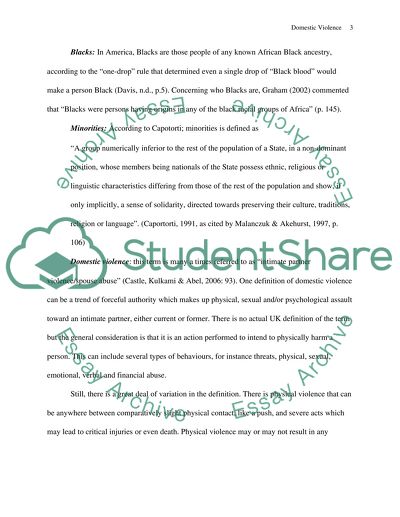Cite this document
(“Discuss the impact of race, class and culture on responses to Black Essay”, n.d.)
Discuss the impact of race, class and culture on responses to Black Essay. Retrieved from https://studentshare.org/miscellaneous/1561966-discuss-the-impact-of-race-class-and-culture-on-responses-to-black-and-minority-ethnic-womens-experiences-of-domestic-violence
Discuss the impact of race, class and culture on responses to Black Essay. Retrieved from https://studentshare.org/miscellaneous/1561966-discuss-the-impact-of-race-class-and-culture-on-responses-to-black-and-minority-ethnic-womens-experiences-of-domestic-violence
(Discuss the Impact of Race, Class and Culture on Responses to Black Essay)
Discuss the Impact of Race, Class and Culture on Responses to Black Essay. https://studentshare.org/miscellaneous/1561966-discuss-the-impact-of-race-class-and-culture-on-responses-to-black-and-minority-ethnic-womens-experiences-of-domestic-violence.
Discuss the Impact of Race, Class and Culture on Responses to Black Essay. https://studentshare.org/miscellaneous/1561966-discuss-the-impact-of-race-class-and-culture-on-responses-to-black-and-minority-ethnic-womens-experiences-of-domestic-violence.
“Discuss the Impact of Race, Class and Culture on Responses to Black Essay”, n.d. https://studentshare.org/miscellaneous/1561966-discuss-the-impact-of-race-class-and-culture-on-responses-to-black-and-minority-ethnic-womens-experiences-of-domestic-violence.


